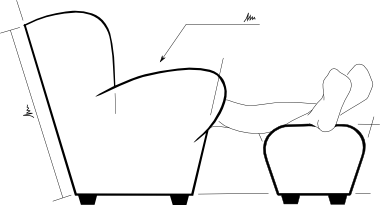Design Influences (part 2)
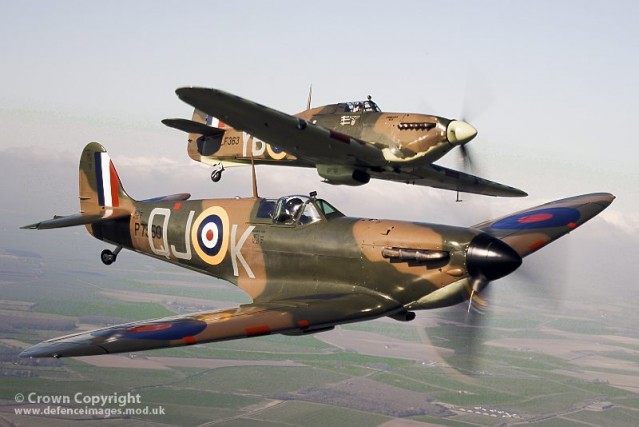 Spitfire and Hurricane Aircraft
Spitfire P7350 (front) flies alongside Hurricane LF363 (back). The aircraft are part of the famous Battle of Britain Memorial Flight (BBMF) of historic RAF aircraft from the Second World War. Creative Commons licensed. Source, Flickr user Defence Images
Spitfire and Hurricane Aircraft
Spitfire P7350 (front) flies alongside Hurricane LF363 (back). The aircraft are part of the famous Battle of Britain Memorial Flight (BBMF) of historic RAF aircraft from the Second World War. Creative Commons licensed. Source, Flickr user Defence Images
Following on from last week’s automotive influences, here are the more aeronautical inspirations for the Atomic Duck.
Aircraft
Single-engined, propeller-driven, tail-sitting aircraft with inline engines tend to have a long nose, similar to the vintage cars I showed last week.
The long nose accentuates the role of the engine, making it prominent, because it is pushed forwards from the wings in a strong, simple shape. In a velomobile, with the rider lying prone, and only head visible, this shape would show off the role of the human rider as the engine, and accentuate the role of the human engine inside.
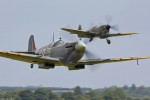 Spitfires Takeoff 02
Spitfires Takeoff 02
 P51 Mustang
P51 Mustang
 Bristol Fighter
Bristol Fighter
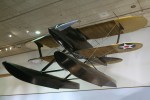 Curtiss R3C-2 Racer
Curtiss R3C-2 Racer
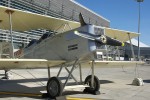 Breguet XIV
Breguet XIV
Truth of Materials
A phrase from Modernist Architecture, “Truth of Materials” is just about using the properties of the materials you are building with instead of hiding them below a covering to “finish” them. To get an idea of the inherent beauty of materials, just take a look at the aluminium finish on a Douglas DC3.
Being true to the materials also shows off the construction of an object. This makes it easier to see how it works or how to fix it. This is somewhat in opposition to the black box caste of modern product manufacturing. Take a look at Howard Hughes’ aircraft below and see how the two materials and panel joins are part of the pattern on the aircraft instead of being filled in or covered over.
Also, using simply finished materials means lowered manufacturing cost and minimising the mass, because less materials are involved in the finished product. This is a great advantage for a low mass vehicle like a velomobile; adding paint to the outside means having to carry that extra weight up every hill.
 Douglas DC3 (1946)
Douglas DC3 (1946)
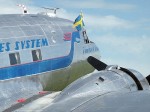 Douglas DC3 Dakota
Douglas DC3 Dakota
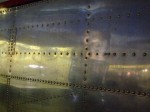 Metal skin of a DC3
Metal skin of a DC3
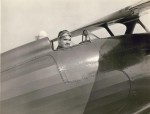 Howard Hughes in Airplane Cockpit
Howard Hughes in Airplane Cockpit
Construction
Aircraft generally use a semi-monocoque construction method. The ribs and spars transfer the loads along and across the aircraft, but cannot resist the twisting forces. The thin skin is attached over all the surface of the supporting structure is able to resist the twisting deformation of the grid, even though it is not stiff enough to support itself without the skeleton.
As well as being a very efficient method of creating a structure, the inside of the semi-monocoque has a particular style of its own.
 Spitfire interior..
Spitfire interior..
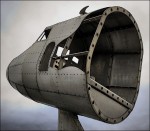 Dakota Bust - Sheldon, Birmingham, UK
Dakota Bust - Sheldon, Birmingham, UK
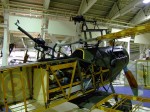 Bristol Fighter F2b
Bristol Fighter F2b
